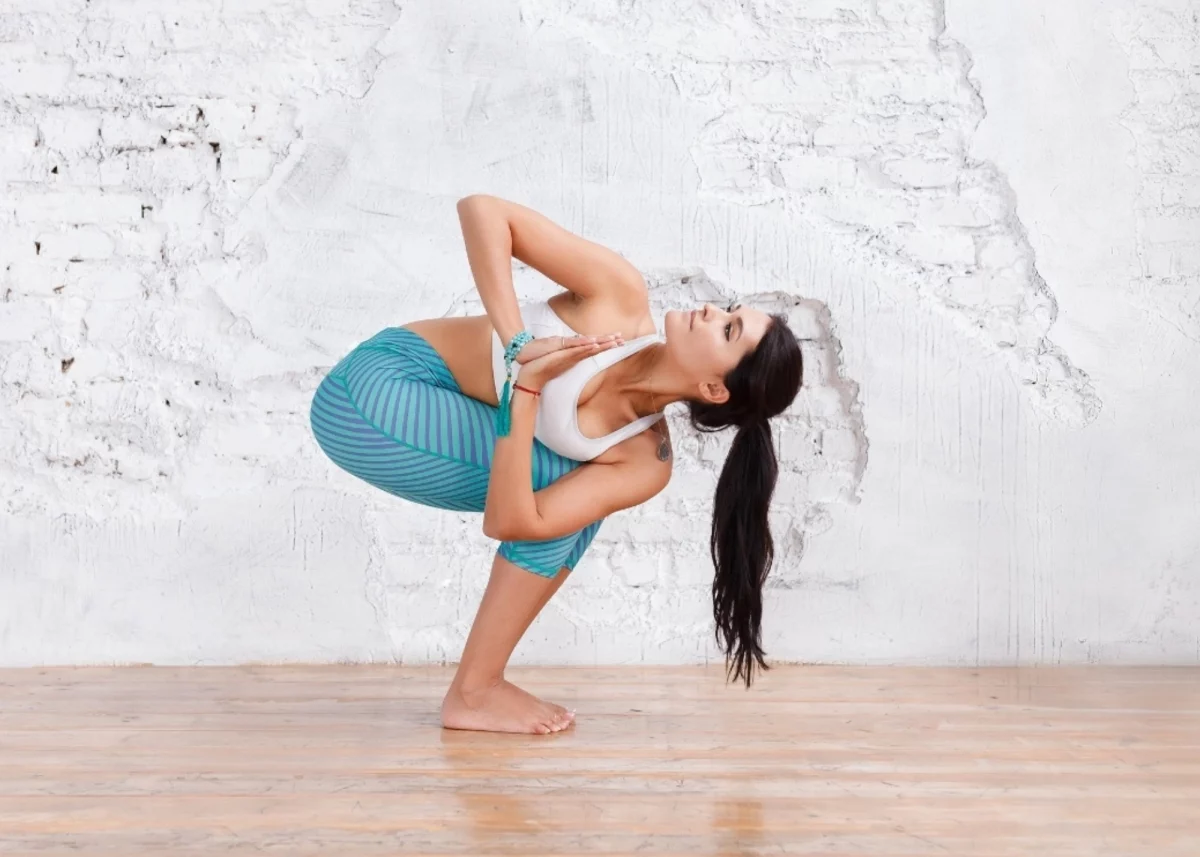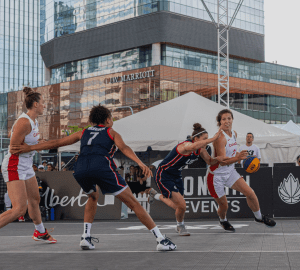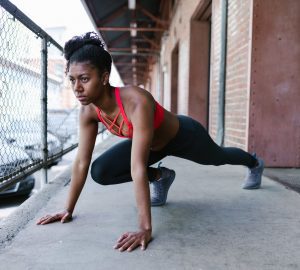Do you have bad posture? Do you have a rounded upper back, shoulders that are hunched forward, or perhaps some spinal curvature? These are all signs of poor spine mobility. But don’t fret! There are a number of yoga poses that can help.
Your back is one of the most difficult sections of your body to maintain, as it bears the weight of your upper body and keeps you upright. It also has to bear the brunt of all the strain you put on it while sitting in your day-to-day life. Yoga can help you out with improving your spine’s range of motion and overall health. Here are 9 yoga poses to improve your back posture and spinal mobility.
Top 9 Spine Yoga Poses
1. Cat/Cow Pose
This pose, also known as cows or chatushpadasana, is one of the most basic yoga poses. The posture stretches your spine and opens up your lungs by improving rib cage mobility. Cat/cow is particularly good for people who suffer from headaches or chronic pain in their neck, back, or shoulders.
To perform the cat/cow pose: slowly alternate between curling your upper body forward (like a cat) and arching it backward (like a cow). While you do that, move your tailbone up toward your head and drop it down toward your heels. Repeat five times with 15-second breaks in between sets; try to work up to doing ten times in a row.
2. Cobra Pose
There are few poses that work more muscles than cobra poses. This yoga pose strengthens and stretches your shoulders, back, arms, chest, abdomen, and legs as well as improves balance and concentration.
To perform a cobra pose stand with your feet together on a soft surface or mat. Exhale, bending forward at your waist while keeping your knees straight with hands flat on the ground in front of you. Slowly extend your head and chest looking up toward the ceiling while raising your upper body off the floor until your spine is completely arched. Hold for 3-5 breaths before exhaling lowering your torso to the floor. Be sure not to let shoulders come higher than hands during movement.
3. Downward Dog Pose
Many people with back pain and poor posture suffer from a tight, shortened hip flexor, which pulls their pelvis out of alignment and throws their spine off-center. The most common postural distortion, known as an anterior pelvic tilt is caused by weak muscles in your posterior chain and an overactive, stretched-out front chain. Stretching these areas will help you avoid straining your back while walking and lifting objects.
Start by lying on your back with one leg extended straight up toward the ceiling and the other bent at a 90-degree angle. Grasp that knee with both hands and pull it toward your chest until you feel a stretch in your lower hip area. Hold for about 30 seconds, release, then repeat on the opposite side.
4. Butterfly Stretch
This move stretches your spine and increases spinal mobility. Start on your hands and knees with your wrists directly below your shoulders, and legs extended behind you. Slowly lower your head toward one arm until you feel a stretch in your back. Then lower toward the other side, reaching as far as you can without causing any pain. Return to center before switching arms. Repeat 8-12 times per side.
5. Backbends Pose
Bending backward into a fold is an excellent way to stretch your spine and elongate it. This can help correct misalignment and improve posture. It is also one of the simplest yoga poses once you ace it; you just need to bend your entire back on the other side while resting your palms and feet on the yoga mat. You can use a yoga wheel as support to correct your backbend pose as a beginner.
However, don’t confuse the chirp wheel with a yoga wheel. Although they look entirely similar, there are functional differences between chirp wheel and yoga wheel.
6. Triangle Pose (Trikonasana)
A classic yoga pose, Trikonasana stretches and strengthens your upper body while improving your posture. The basic form of a triangle is a seated forward bend that can be modified in many ways. It can be performed with straight legs (in which case it becomes a hamstring stretch), or your legs can be bent. If you’re not flexible enough for a full triangle, you can also perform it while sitting on a block or folded blanket to make it easier.
7. Forward Bend (Spinal Stretch)
To perform a forward bend (also called paschimottanasana), start by kneeling on a mat with your knees below your hips and your hands flat on either side of you. Then, lean forward until your torso is parallel to or slightly above the floor. It’s important that you keep your head in line with your spine throughout; if you let it drop toward your chest, you could strain neck muscles and put pressure on vertebrae. You can also support yourself with a block between your hands and/or reach behind you to hold onto something for more stability as well as adjust how far down the floor you go.
8. Seated Twisted in a Chair
Among numerous benefits of yoga, this pose helps you increase spinal flexibility, according to a Yoga Journal. In the ‘Seated Twisted in a Chair’ pose, come into a sat position with your feet on top of your mat and keep your spine straight. Then twist yourself toward one side with your right hand on that side of your hip. Hold for several breaths and then repeat on the other side. Continue in a clockwise direction, alternating sides each time you complete a set so that by the end of 10 rounds you’ve done all four twists (left, right, left, and right).
9. Supine Leg Stretch with Blocks
Start on your back with a bolster or folded blanket under your knees. Bend both knees and place your feet on blocks, allowing them to fall open. You can place a block or folded blanket under each heel for added support. With your hands resting on your belly, take a deep breath in and exhale as you gently push down on your inner thigh muscles with one hand and press up with your other arm so that you lift from your lower back. Stay here for three breaths before releasing and switching sides.
Final Thought
In yoga, it is said that your Asana (pose) reflects your state of mind. In other words, how you hold yourself physically shows how you are feeling internally. If you spend most of your day sitting at a desk hunched over a computer screen or driving in an automobile, it is likely that you may also be hunching over inside as well. Spend some time working on loosening and lengthening your spine and improving both your posture and outlook on life!








